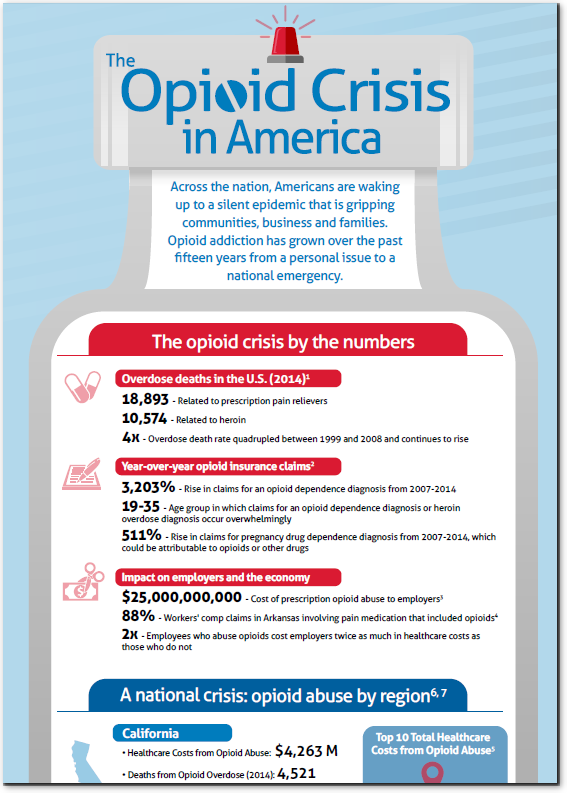When Current Events Impact Team Members’ Work Productivity
The full extent of this remarkably negative 2016 Presidential campaign might surprise you. Studies show that the campaign may have had a profound effect on the mental wellbeing of many people. This goes beyond the usual split of people who feel excited or disappointed following the outcome of any election. Across the country, healthcare providers are reporting an increase in patient stress.
It should be noted, this is not simply a result of the conclusion of the campaign. In October, the American Psychological Association reported that 52 percent of American adults identified the 2016 election as a very or somewhat significant source of stress. Worryingly, that announcement was based on a survey conducted in August when the final, and most contentious, part of the campaign was just getting started.
According to the APA survey:
- Across party lines, those registered as Democrats (55 percent) and Republicans (59 percent) are statistically equally likely to say the election is a very or somewhat significant source of stress.
- Nearly 4 in 10 adults (38 percent) say that political and cultural discussions on social media cause them stress.
- Men and women are equally likely (51 percent vs. 52 percent, respectively) to say the 2016 U.S. presidential election is a very or somewhat significant source of stress.
- Millennials and “matures” are the most likely to say the election is a very or somewhat significant source of stress (56 percent vs. 59 percent, respectively) — significantly more than Generation Xers (45 percent) but not boomers (50 percent).
Interestingly, given the result of the election, researchers have found that stress is not just limited to liberals. In an article for Wired, Maimuna Majumder a computational epidemiology research fellow for HealthMap at Boston Children’s Hospital explained that “some findings are consistent across red, blue, and swing states. Among them is the fact that increased searches explicitly for “presidential election” seem to be associated with searches for depression and anxiety, which suggests that the 2016 presidential election cycle may have been a source of emotional distress for Americans, irrespective of political leaning.”
Where is this election stress having an impact?
Day-to-day, one of the most noticeable places where this stress is felt is in the workplace. A noticeable change in this election, compared to those in the past, is a willingness to discuss it at work. In the APA survey, nearly half (47 percent) of all respondents said people are more likely to discuss politics in the workplace this election season than in the past. With these types of discussions happening in the workplace, employers are rightfully concerned about what all of this is doing to their workforce.
In short, a high level of employee stress does not lead to an engaged, productive workforce. In fact, the result is very much the opposite. According to a study by Fairleigh Dickerson University, “Workplace stress costs U.S. employers an estimated $200 billion per year in absenteeism, lower productivity, staff turnover, workers’ compensation, medical insurance and other stress-related expenses.” Other estimates, put the number at more than $500 billion. Studies have shown that businesses with a high-stress or high-pressure environment spend as much as 50 percent more than average on healthcare. There is also a strong link between high employee stress and low employee engagement.
Supporting Employees through External Stressors
Whether it is an election or a traumatic event or emergency, there are always going to be external events that are impossible to control. It is however, feasible to provide an environment and toolkit for employees to allow them to better manage their stress levels and emotional well-being.
Employers should lean on their Employee Assistance Programs (EAP) to provide resources for employees who are feeling stressed by the election (and the rest of the news cycle). This can range from simple advice about how to manage stress to more holistic therapy options. An EAP can also provide guidance and training for management-level employees for creating a cohesive and inclusive workplace.
